
On this day, September 29th, the Western Rite of the Catholic Church celebrates the Feast Day of Saints Michael, Gabriel, and Raphael (the Eastern Rite celebrates it on either November 8th or 21st depending whether or not they use the Gregorian calendar).
Pope St. Gregory the Great (AD 540 – 604) mentions in one of his homilies: “You should be aware that the word “angel” denotes a function rather than a nature. Those holy spirits of heaven have indeed always been spirits. They can only be called angels when they deliver some message. Moreover, those who deliver messages of lesser importance are called angels; and those who proclaim messages of supreme importance are called archangels.”
Michael, Gabriel, and Raphael, as angelic spirits, have no gender; and are designated saints by the Western Rite and Eastern Rites of the Catholic Church as a result of their special status as messengers of God. We discover this in Holy Scripture (specifically the books of, Genesis 28: 12-13, Daniel 9: 22-23, Tobit 12: 15,18,20, Luke 1: 26-56, the Epistle of Jude 1: 9, and Revelation 12: 1-17). The designation “saint” also refers to their ability to intercede for the people of God at the throne of God. The Western and Eastern Rites do not worship the angels or the saints. Worship is relegated to God alone – Father, Son, and Holy Spirit. The angels and the saints are venerated – offered great respect – but never worshipped.
I painted the above sacred image of St. Michael a number of years ago. Instead of inserting the typical military shield that is associated with this archangel, I inserted a representation of the Holy Eucharist. The Western and Eastern Rites believe that a validly ordained priest, upon saying the words of consecration during the Holy Mass, through the sacred power of his ordination to the priesthood, converts the substance of the bread and wine into the true Body, Blood, Soul, and Divinity of Jesus Christ. Worthy reception of the Eucharist (meaning the recipient is not in the state of Mortal Sin) enables the recipient to be transformed into the life of Christ. Christ’s life strengthens us in our daily spiritual battle. Thus, St. Michael is holding the Eucharist as a representation that Jesus Christ, in the Holy Eucharist, is our shield – our true defense – against the wiles of Satan. The Holy Eucharist has embossed upon it IC, XC which is the Greek abbreviation for Jesus Christ, and the letters NI KA (Nika), represent the Greek word or phrase, “victory,” or, “our victor”). You will notice that the blue lower wings are in a different position. The blue wings on the left of the image are slightly elevated. I painted it this way to emphasize the truth that St. Michael is always here to assist us in our spiritual battle. He is always ready to move, to “fly” to our aid and intercede for us. Pope Leo XIII reminds us in his famous exorcism prayer to St. Michael, that Michael helps us when we sincerely call upon him at times of sinful temptation.
St. Michael in the iconography of the Church is always represented with a shield. The shield may say “Who is like God?,” which was his response to Lucifer when the latter attempted to storm the throne of Heaven. St. Michael brings us the message that evil, sin, and the demons are real. We are in the midst of a spiritual war; but God is victorious and has given His Church – His people – the help that it needs through the Holy Scriptures, the Incarnation and Redemption, and the seven Holy Sacraments.
St. Gabriel’s message to us is that God loves His creation so much that He desires to enter into it, to redeem it, and provide for its salvation; however, He will not force Himself on humanity, and needed the young virgin Mary’s consent in order for this to take place (refer to Luke 1: 26-56 for the account of the Annunciation). The name Gabriel means “the Strength of God.” He is God’s major “ambassador” – the angelic representative of God to humanity. You can see this in Fra Angelico’s beautiful painting at the very top of this site’s masthead which represents him in a majestic and very dignified manner. Church tradition believes that he is the angel that also announced the good news of Christ’s birth to the shepherds, prior to Jesus’ birth comforted St. Joseph upon his hearing of Mary’s pregnancy, and consoled Jesus in the Garden of Gethsemane.
St. Raphael’s message is that God heals us. He is found specifically in the Old Testament book of Tobit healing and ministering to humans. His name means “Medicine of God.” He cured Tobias, defended Sara, and assisted a young man on his pilgrimage with advice and companionship.
One of my former pastor’s, Father Nicholas Smith, mentioned in one of his morning homilies that the angels are here “to defend, serve, and help us. They are part of God’s family, and therefore, a part of ours.” These are beautiful words of comfort and consolation. Through our baptism we are members of God’s family, but until Father Smith’s homily, I never realized that the angels are part of our family, too!
May these three Holy Archangels help us this day, and every day, in assisting us on our path to God.
(Besides the Holy Scriptures listed above, I recommend a book entitled: St. Michael and the Angels, published in 1983 by TAN Books, it is filled with approved and scholarly sources on the nine choirs of angels).
(My sacred images and essays copyright 2009-2017, Deacon Paul O. Iacono)

 The above sacred image is an unfinished copy of St. Paul based on St. Andrei Rublev’s masterpiece. It is being painted by Deacon Paul O. Iacono. It is egg tempera on a gessoed wood panel.
The above sacred image is an unfinished copy of St. Paul based on St. Andrei Rublev’s masterpiece. It is being painted by Deacon Paul O. Iacono. It is egg tempera on a gessoed wood panel.




























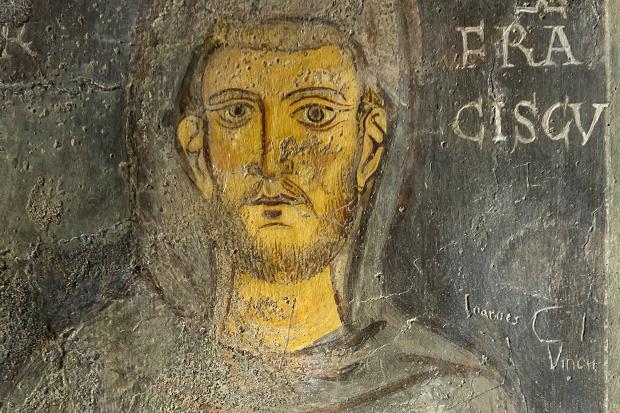

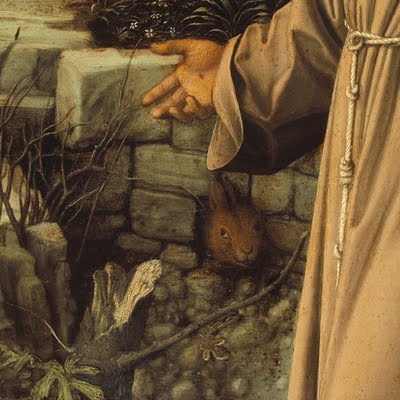
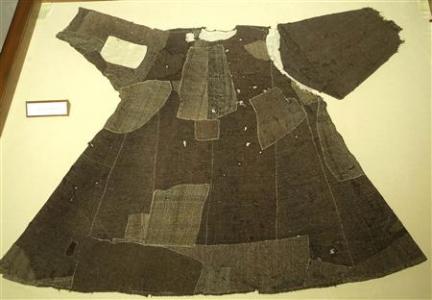








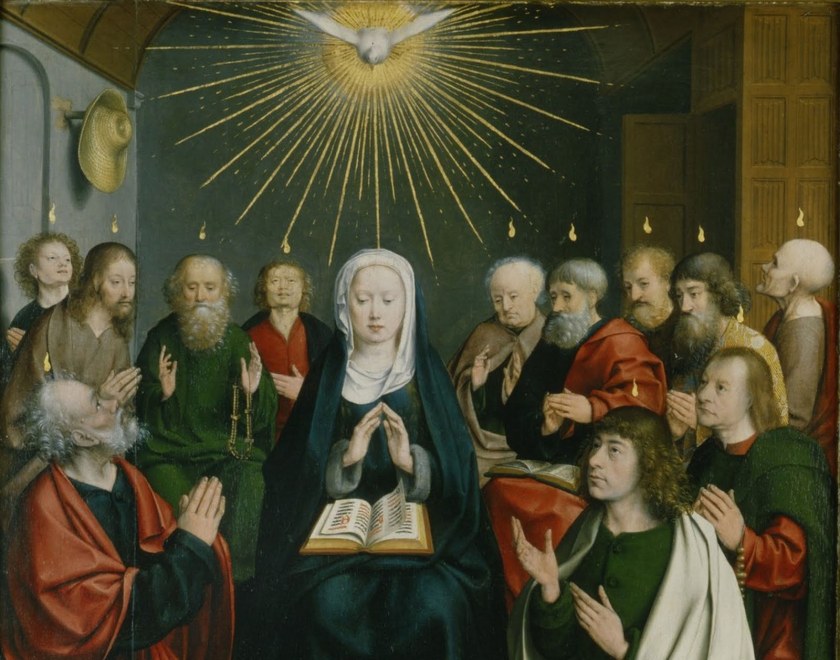













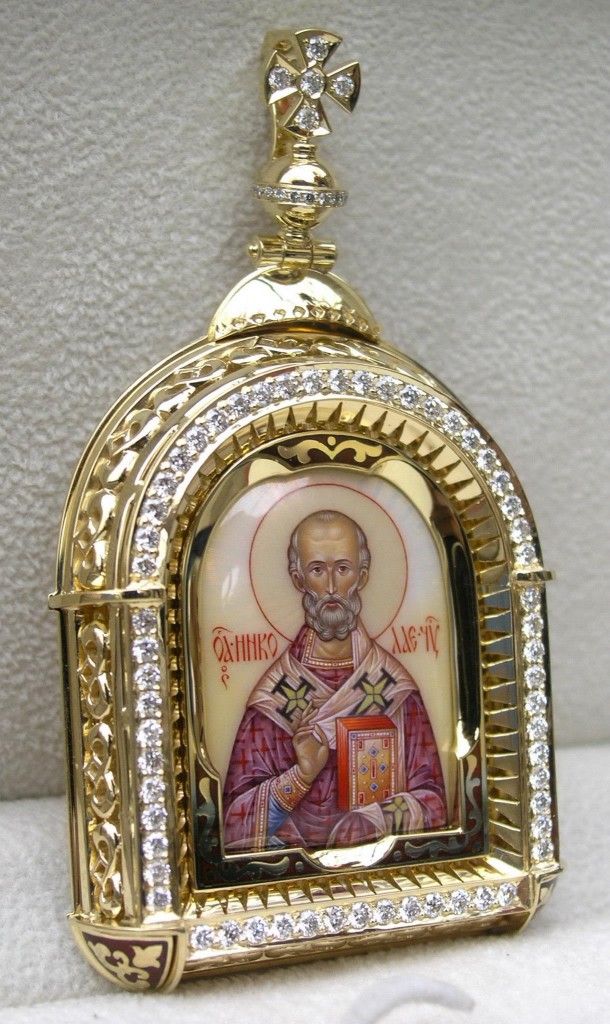





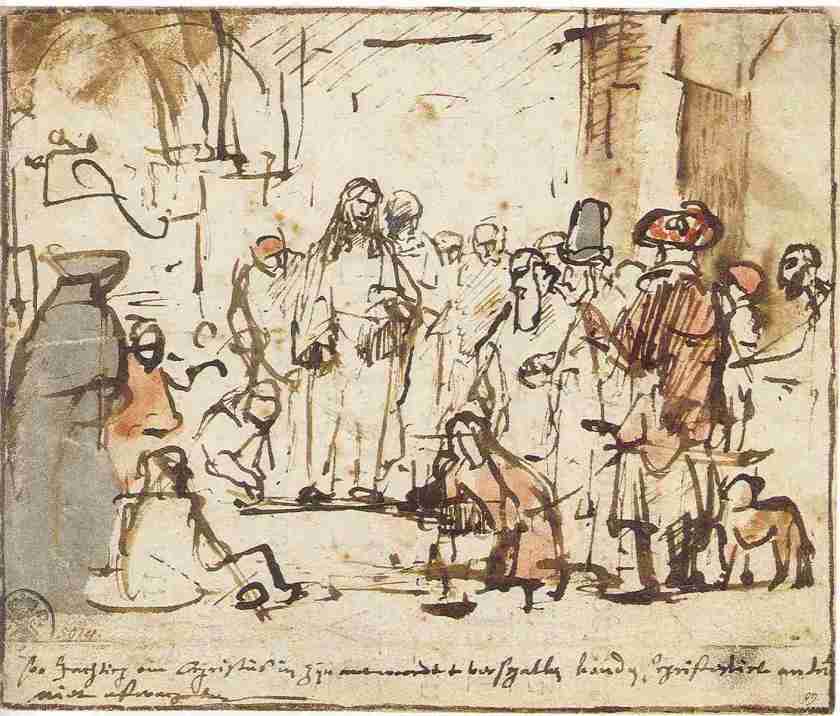

 The flickering flame of the candle is the primary source of light. It is soft, calm, inviting, strong, and supersedes the light of an ordinary candle. It keeps the menacing darkness away. It illuminates her face and her heart—primarily her heart—to show that she has focused on the core of who she is, and subtly shows the love that she has felt that day. Yet it also shines on the mirror and on her robes and on her jewels—the light of Christ has begun to enlighten everything in her life. It is the power of the Holy Spirit through which all true conversion and penance is inspired.
The flickering flame of the candle is the primary source of light. It is soft, calm, inviting, strong, and supersedes the light of an ordinary candle. It keeps the menacing darkness away. It illuminates her face and her heart—primarily her heart—to show that she has focused on the core of who she is, and subtly shows the love that she has felt that day. Yet it also shines on the mirror and on her robes and on her jewels—the light of Christ has begun to enlighten everything in her life. It is the power of the Holy Spirit through which all true conversion and penance is inspired.





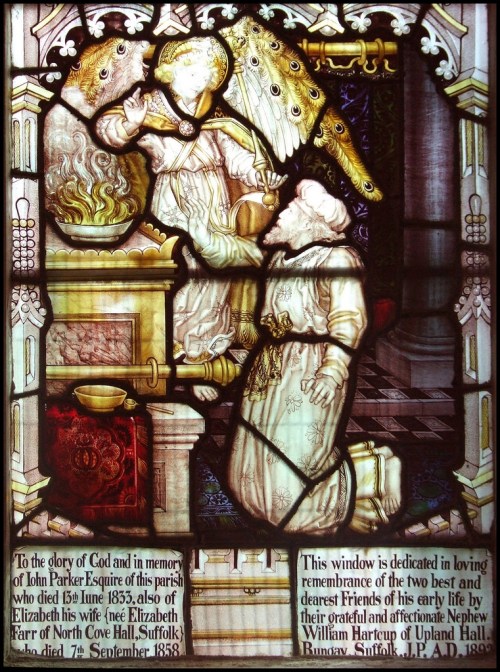
















You must be logged in to post a comment.